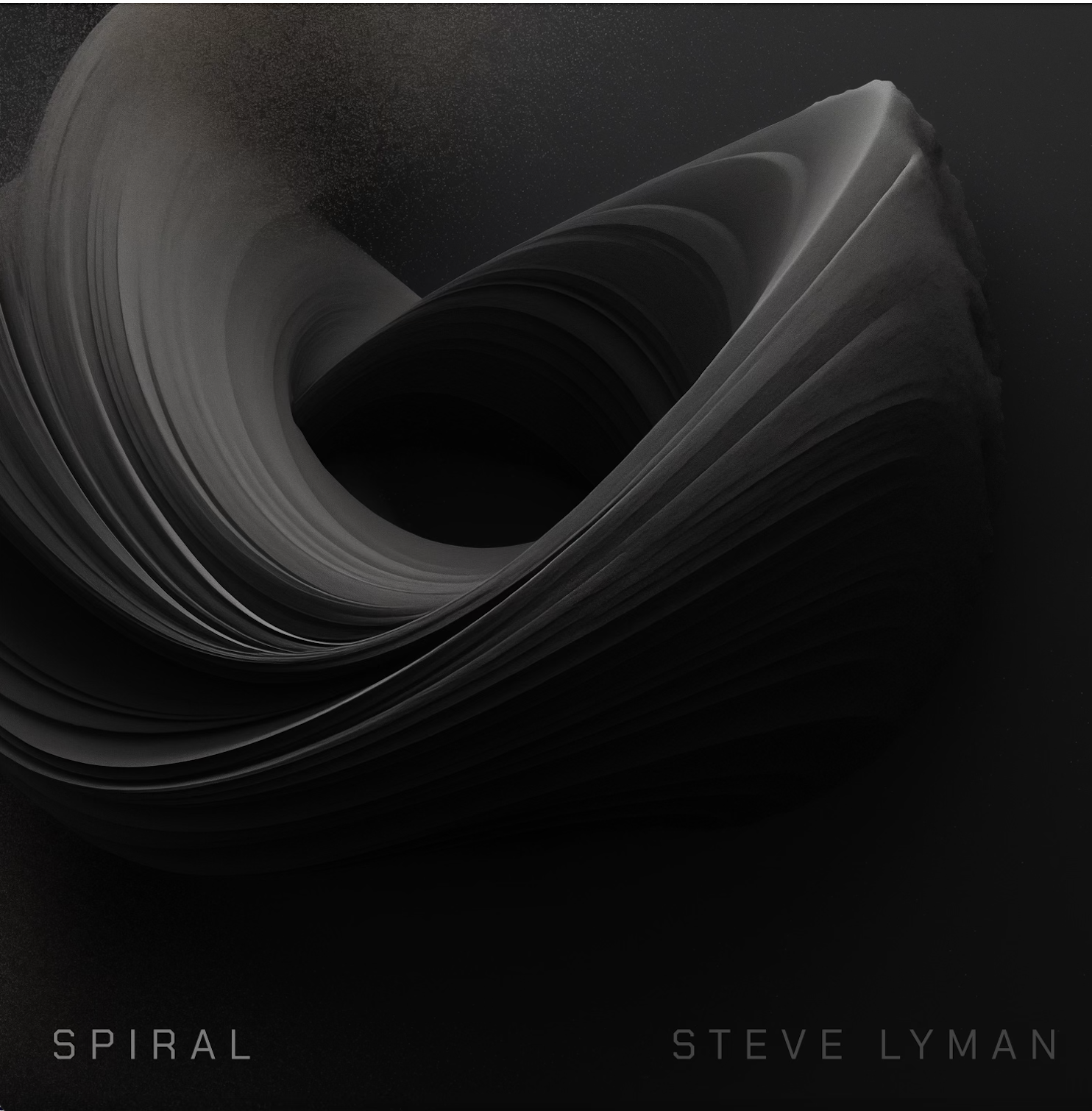Metric Modulations Jazz Drumming w/ Steve Lyman
Metric Modulations Jazz Drumming w/ Steve Lyman
In these videos, I will show you how metric modulations can be applied to assist you in your creative process on the drums. We are going to be looking at relationships of different meters, subdivisions, and ways we can use metric modulations to have as much fun on the drums as possible.
Part 1.
Metric Modulations Using Common Rhythms
This video starts off by showing you how Tony Williams uses different metric landscapes to be creative on Miles Davis’s song, “Footprints.” You’ll learn the clear distinction between rhythm and meter— the size of the rhythmic space and the information within that space.
You’ll also learn common rhythms to help you move to common meters as well as the difference between a metric modulation and merely implying a different meter. You’ll also learn how to use common rhythms to move to common meters through metric modulations. I’ll give you a way to practice your long-range, time-keeping abilities by using subdivisions to help you avoid rushing transitions.
At the end of the day, you’ll have enough knowledge to explore the basic rhythmic to metric relationships on your own. Plus, you’ll learn how to be mindful of how to use these powerful modulations when working with other musicians.
Part 2.
Metric Modulations Using Asymmetrical Rhythms
In the previous video we explored more common relationships using common rhythmic language. In this video we’ll explore more complex rhythmic to meter relationships. You’ll learn the mechanisms to take the guesswork out of moving to different to metric relationships using rhythm. I’ll teach you definitive formulas using subdivisions to effectively move to different meters, e.g. from 4/4 to 7/4. The techniques that I show you will take the guesswork out of ending up in the same tempo that you started at.You’ll also learn how to move from times signatures like 4/4 to 5/4 and to 7/4 using subdivisions while keeping the same tempo.
Next, you’ll learn how to move through odd, contemporary meters e.g. 7/4, 5/4 and 3/4, things I learned in part from playing with and studying from master musicians Gilad Hekselman and Ari Hoenig.
Plus, you’ll learn several ways to break up 5/4 to make your playing and modulations interesting and creative.
Finally, you’ll learn how to use rhythmic relationships to create new templates of sound and metric concepts that can help you change tempos.

